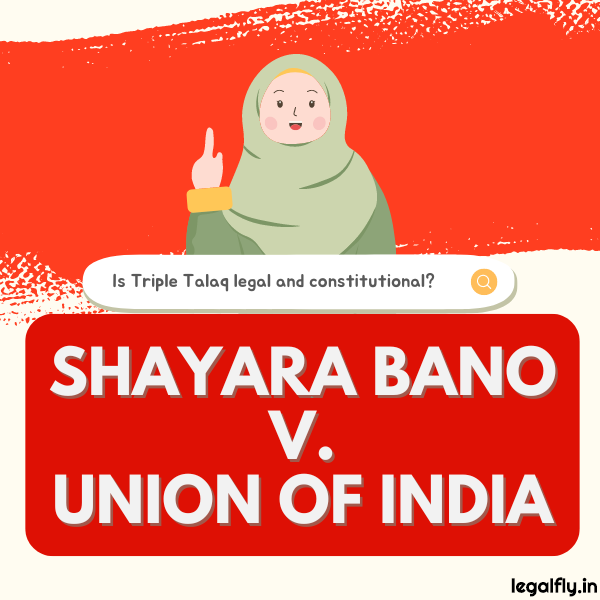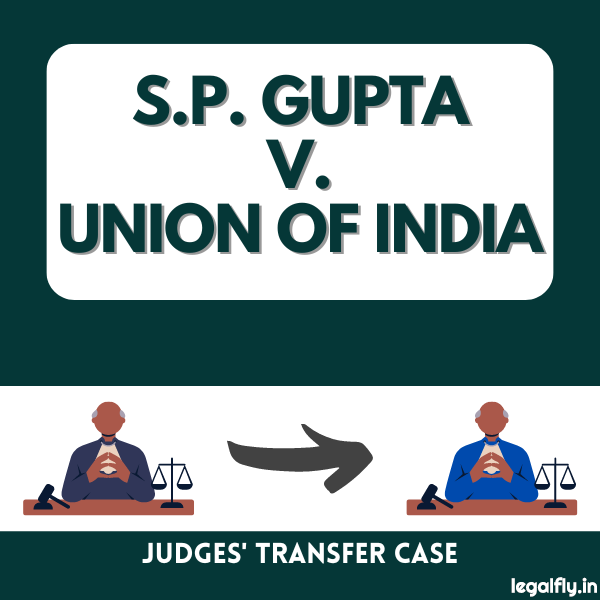Case Name: Shayara Bano vs. Union of India & Ors.
Court: Supreme Court of India
Year: 2017
Citation: (2017) 9 SCC 1
Table of Contents
Overview of Shayara Bano v. Union of India
Shayara Bano v. Union of India was a landmark 2017 case heard in the Supreme Court of India that challenged the constitutionality of the practice of triple talaq (instant divorce) in Islamic personal law.
Shayara Bano filed the case and was later joined by other Muslim women whose husbands had divorced through triple talaq. Ms. Bano and the other petitioners contended that the practice of triple talaq violated their fundamental rights guaranteed under the Indian Constitution, especially the rights to equality under Article 14, non-discrimination under Article 15, and the right to life under Article 21.
The key legal issues raised in the case centered around whether triple talaq constituted an essential religious practice under Islamic law and whether it fell afoul of constitutional protections. The practice had continued in India since independence, though it had been banned or restricted in many other countries.
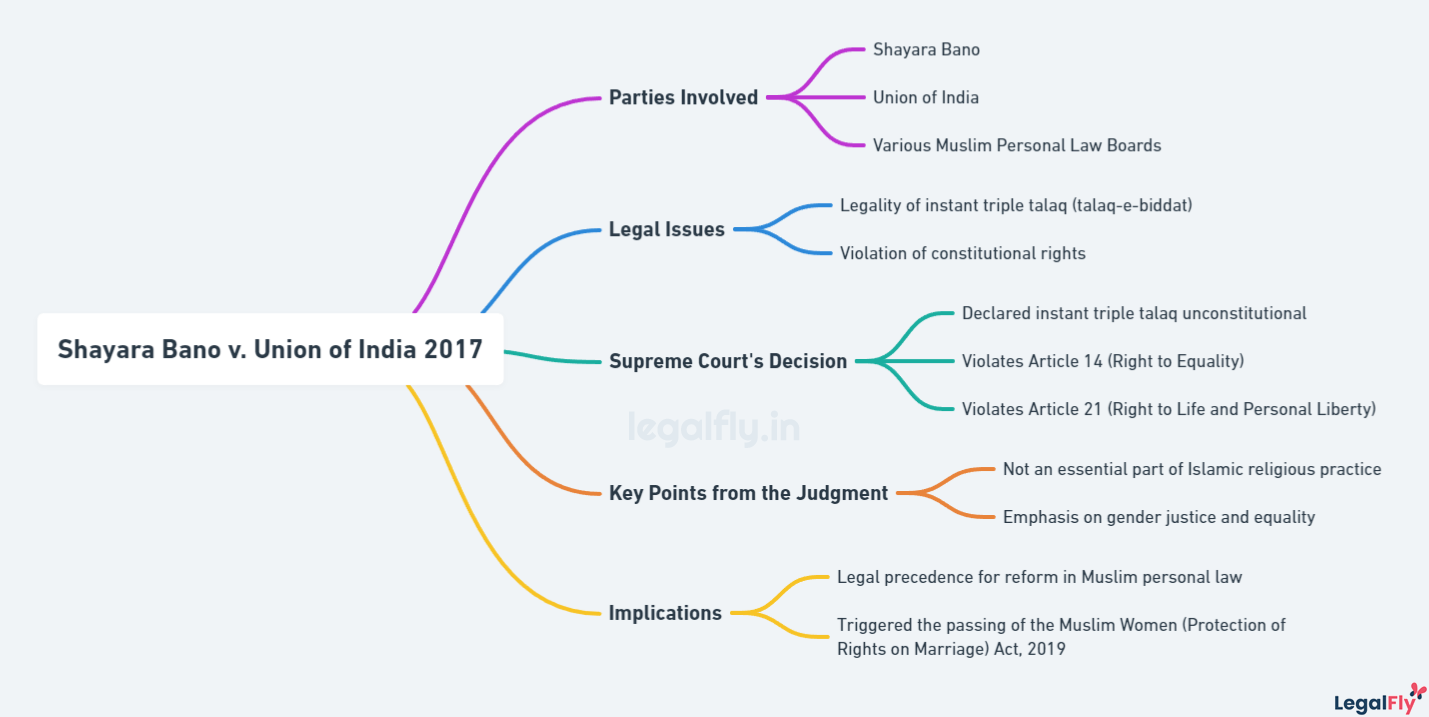
The petitioners and supporting intervenors argued that triple talaq allowed Muslim men to arbitrarily divorce their wives without any legal recourse, going against principles of gender justice and the right to equality enshrined in the Constitution. However, opponents claimed that triple talaq was an integral part of Muslim personal law, which should not be interfered with under the Constitution’s religious freedom protections.
This set up a crucial constitutional challenge – did banning an established religious practice infringe on religious freedom? Or did allowing triple talaq to continue override fundamental rights and constitutional morality? The Supreme Court was tasked with weighing these questions to determine the validity of triple talaq.
The Petitioners’ Arguments
Shayara Bano’s fight against triple talaq stemmed from her own experience of being divorced by her husband through triple talaq in 2015. She challenged the practice on several legal grounds before the Supreme Court.
Bano argued that triple talaq, which allows Muslim men to unilaterally divorce their wives by uttering talaq three times, violated her fundamental rights. She asserted that triple talaq was arbitrary, discriminatory, and not an essential part of Islamic religious practice.
The key legal grounds on which Bano challenged triple talaq were:
- Violation of Article 14: Bano contended that triple talaq discriminated against Muslim women solely based on gender and, therefore, violated the right to equality under Article 14.
- Violation of Article 15: She argued that triple talaq contravened the constitutional right of non-discrimination on the grounds of religion, race, caste, sex or place of birth under Article 15(1).
- Violation of Article 21: According to Bano, triple talaq deprived Muslim women of their right to life and personal liberty under Article 21 as it was an arbitrary practice.
- Against basic tenets of the Quran: Bano asserted that triple talaq had no foundation in the Quran and was against the basic principles of Islam.
Through her petition, Shayara Bano emerged as a crusader against the long-standing practice of triple talaq among Muslims in India. Her legal challenge became a rallying point to push for gender justice and reforms in Muslim personal law.
The Role of Gender Equality in the Legal Arguments
Gender equality played a central role in the legal arguments against triple talaq. The practice of instant divorce was seen as discriminatory and a violation of women’s rights under Indian law.
The petitioners argued that triple talaq violated Articles 14, 15, and 21 of the Indian Constitution, which guarantees equality before the law, prohibits discrimination based on religion/sex, and protects life and liberty, respectively. They contended that by allowing Muslim men the unilateral power of instantly divorcing their wives by uttering “talaq” three times, triple talaq denied Muslim women equality and dignity afforded to women of other faiths under Indian law.
The practice relegated Muslim women to second-class status compared to men of their own religion. It also deprived them of basic rights to divorce proceedings granted to Hindu and Christian women under codified personal laws. The petitioners argued that this differential treatment based solely on religion violated constitutional guarantees of non-discrimination.
By examining triple talaq through the lens of gender justice and women’s rights, the petitioners established a strong case against the practice under constitutional law. Their arguments compelled the Supreme Court to analyze whether triple talaq could be considered an essential part of Islam or simply an arbitrary practice that unfairly harmed Muslim women. This set the stage for the Court’s landmark judgment.
Supreme Court’s Landmark Judgment
On 22 August 2017, the Supreme Court of India delivered a landmark judgment in the case of Shayara Bano v. Union of India, deeming the practice of instant triple talaq (talaq-e-biddah) unconstitutional by a 3:2 majority.
The Constitution bench comprised five judges – Chief Justice J.S. Khehar, Justices Kurian Joseph, Rohinton Fali Nariman, Uday Umesh Lalit and S. Abdul Nazeer. The key findings were:
- Justices Nariman, Lalit and Joseph held that triple talaq violates the fundamental right to equality under Article 14 and the right to live with dignity under Article 21 of the Indian Constitution. They deemed it manifestly arbitrary, violative of the basic tenets of the Quran, and lacking legal sanctity.
- In contrast, Chief Justice Khehar and Justice Nazeer held triple talaq to be an integral part of religious practice under Article 25 and excluded it from constitutional review. However, they urged the government to bring legislation to regulate triple talaq.
- The minority view by CJI Khehar and Justice Nazeer emphasized the protection of personal laws under Article 25, arguing that triple talaq could not be tested against Articles 14, 15 and 21.
- The majority decision reflected a historic move towards reforming personal laws and enhancing constitutional rights for Muslim women in India. It set a landmark precedent for balancing religious freedom with gender justice.
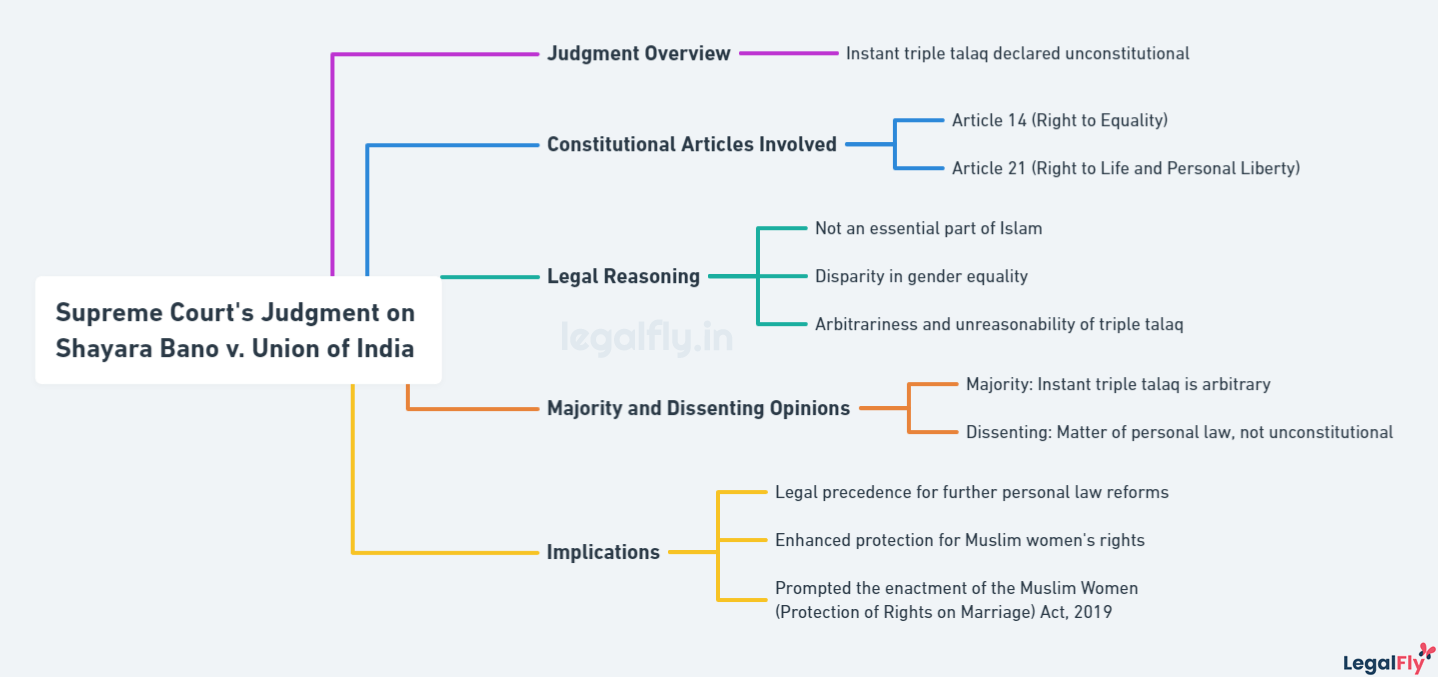
The split verdict highlighted the differing approaches to adjudicating personal law issues under the Constitution. Nevertheless, the judgment represented a significant milestone in furthering gender equality and striking down arbitrary practices sanctioned under personal laws.
Legal Reasoning Behind the Judgment
The Supreme Court judgment examined the legal reasoning behind declaring triple talaq unconstitutional. The majority opinion, written by Justice Joseph, analyzed whether the practice of triple talaq could be considered an essential religious practice of Islam.
The Court concluded that triple talaq was not an essential religious practice, as it was not mentioned in the Quran and was considered sinful by some Islamic scholars. Therefore, triple talaq was not protected under Article 25 of the Indian Constitution, which guarantees freedom of religion.
The Court also examined triple talaq from the perspective of gender justice and equality under Articles 14, 15 and 21. It found the practice to be manifestly arbitrary, enabling the unilateral divorce of Muslim wives without consideration of their rights. Allowing such an arbitrary practice would go against constitutional guarantees of equality and non-discrimination based on sex.
Overall, the legal reasoning focused on interpreting religious practices under constitutional law. The Court found that triple talaq could not be considered an essential Islamic practice and that it violated principles of gender justice central to the Indian Constitution. This interpretation paved the way for holding the practice unconstitutional.
Implications of the Judgment
The Supreme Court’s judgment banning triple talaq had far-reaching implications for personal law and secularism in India. It marked a major shift in the relationship between religion and law, overturning decades-old triple talaq practice.
Immediately, the judgment invalidated triple talaq and made it unconstitutional for Muslim men to instantly divorce their wives by uttering talaq three times. This ended an abusive practice that had affected thousands of Muslim women, finally granting them equal rights under the law.
More broadly, the judgment impacted social norms and attitudes surrounding gender roles and women’s rights in India. It empowered Muslim women to stand up against patriarchal customs and demand justice through the courts. The judgment fueled a broader movement for reforming personal laws and establishing a uniform civil code.
By declaring triple talaq unconstitutional, the Supreme Court asserted the supremacy of constitutional rights over religious laws and customs. This had significant implications for secularism in India, setting a precedent that fundamental rights cannot be violated on the grounds of religious practices. The judgment fueled ongoing debates about balancing religious freedom with principles of equality and justice.
Subsequent Legal and Legislative Developments
The Supreme Court’s judgment on triple talaq sparked further legal and legislative developments. The most notable was the passage of The Muslim Women (Protection of Rights on Marriage) Act, 2019 by the Indian Parliament, which made the practice of instant triple talaq a criminal offence punishable by up to three years imprisonment.
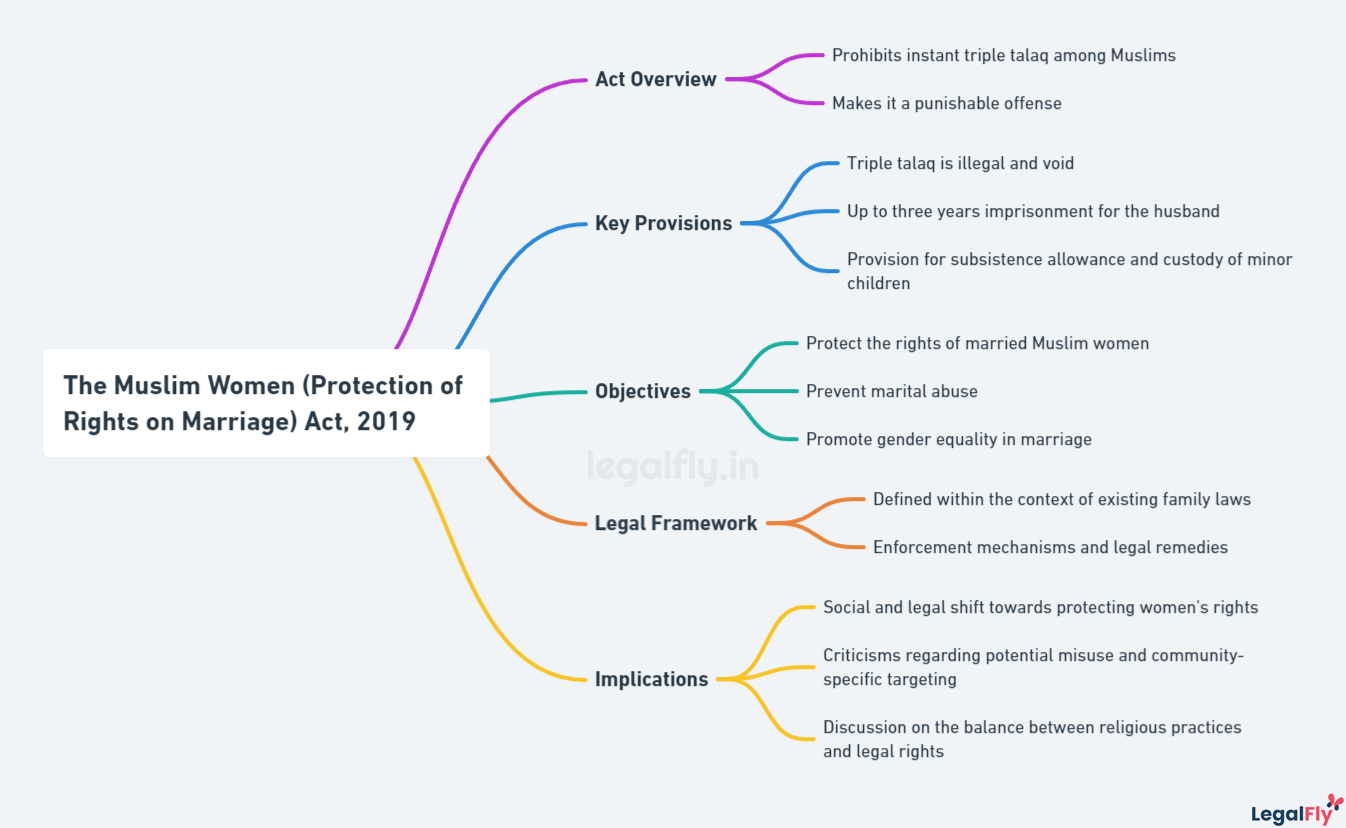
The Act was passed after the judgment to strengthen the legal force against triple talaq and provide additional protections for Muslim women. It made any pronouncement of talaq-e-biddat or instant triple talaq “illegal and void”.
However, the Act was also criticized by some women’s rights groups for lacking civil remedies and for potentially criminalizing men from certain communities. There were also concerns that it did not adequately address issues like nikah halala and polygamy, which continue to disadvantage Muslim women.
The debates highlighted the complex relationship between gender justice, minority rights and secularism in India. While the judgment and Act were steps forward, additional legal reforms are still needed to empower Muslim women and reform personal law comprehensively.
Global and Comparative Perspectives
The Supreme Court’s judgment on triple talaq sparked global interest and commentary from legal experts and women’s rights advocates. Many saw it as a progressive step towards reforming discriminatory religious personal laws and promoting gender equality.
Comparisons were drawn to reforms in Islamic family law in other countries. For instance, in Pakistan, the Muslim Family Laws Ordinance 1961 regulates divorce and polygamy. Countries like Tunisia and Morocco have also outlawed triple talaq. The Guardian noted that the judgment could encourage legal reforms in neighbouring Bangladesh, which still permits triple talaq.
International human rights groups largely welcomed the judgment. Amnesty International called it a “hugely positive” step, while Human Rights Watch said it “opens the door for future reforms to end other discriminatory practices.” However, some women’s rights advocates argued that the judgment alone was insufficient without further legal and social reforms.
UN Women issued a statement saying the judgment is a “milestone for women’s rights” in India. A spokesperson said it reinforces constitutional values of gender justice and the nation’s international obligations. Overall, the case spotlighted women’s rights in India and inspired debate on reforming discriminatory religious laws worldwide.
Conclusion: Reflecting on the Legacy of Shayara Bano v. Union of India
The Supreme Court’s judgment in Shayara Bano v. Union of India marked a landmark moment in Indian constitutional law and gender justice. By declaring the practice of triple talaq unconstitutional, the Court established important legal precedents on gender equality, religious freedom, and personal law reform.
The judgment affirmed that arbitrary religious practices cannot be protected if they violate fundamental rights. It also asserted the judiciary’s role in safeguarding constitutional values, even in matters of personal law and religious customs. This precedent will likely encourage further challenges to discriminatory practices based on gender, sexuality, caste, or other grounds.
At the same time, the divided verdict revealed tensions around reconciling secularism, pluralism, and cultural rights in India’s constitutional framework. While affirming gender justice as an inviolable principle, the dissenting judges argued for a more cautious approach to reforming personal laws. This debate will continue as calls grow to reform other religious personal laws and align them with fundamental rights.
The Shayara Bano case paved the way for landmark legislation like the Muslim Women (Protection of Rights on Marriage) Act, 2019, criminalizing triple talaq. However, comprehensive reform of Muslim personal law remains a work in progress. The judgment’s legacy will be measured by the extent to which it translates into social change and legal reform to guarantee women equal rights in marriage, divorce, property, and inheritance. Realizing the Constitution’s vision of a just social order requires an ongoing commitment to transformative lawmaking and gender justice.

